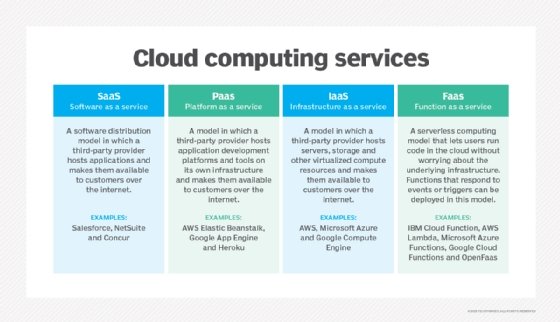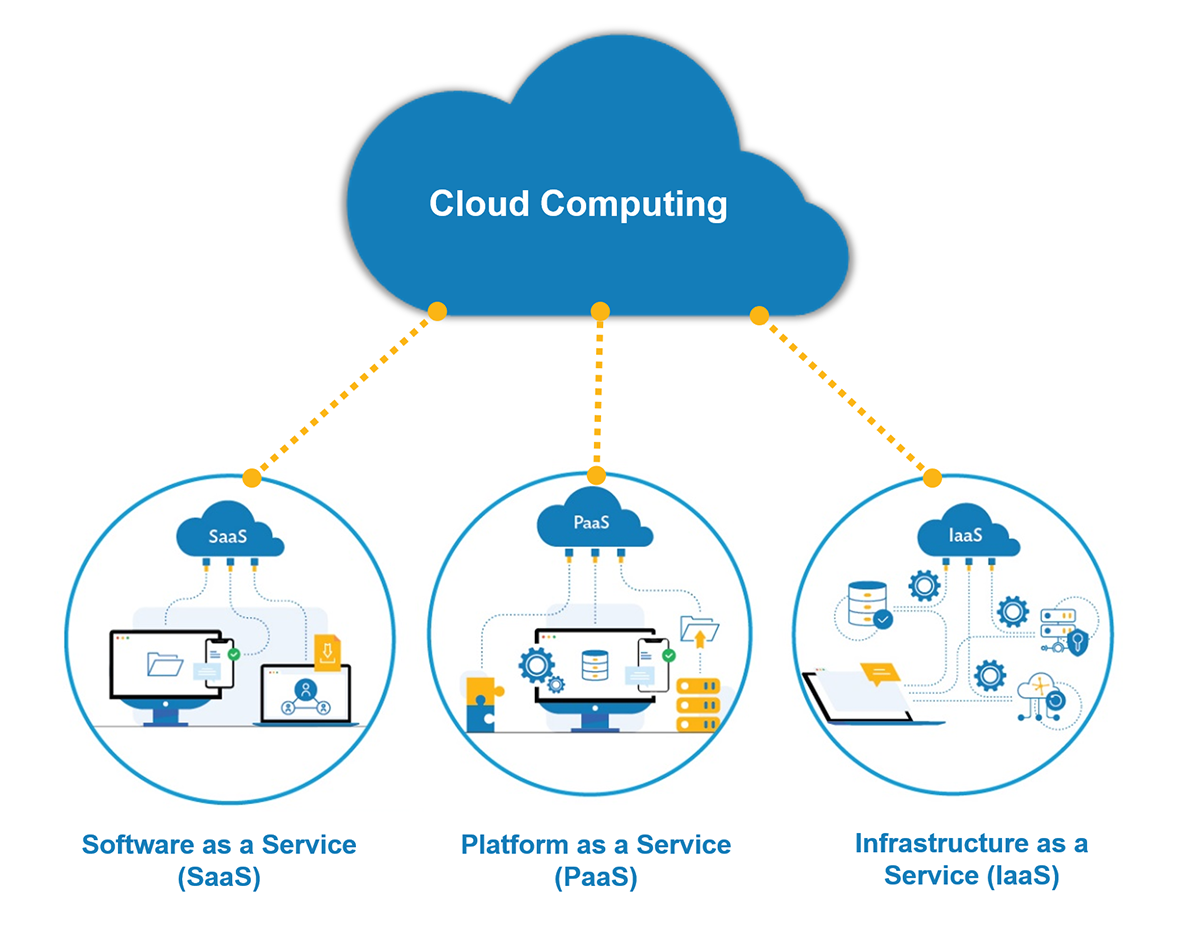LinkDaddy Cloud Services Mastery: Advanced Techniques for Effective Cloud Services Press Release
LinkDaddy Cloud Services Mastery: Advanced Techniques for Effective Cloud Services Press Release
Blog Article
Simplify Your Framework With Cloud Provider
As organizations navigate the ever-evolving landscape of technology and information management, the function of cloud solutions in streamlining facilities has actually come to be increasingly noticeable. The attraction of streamlined procedures, boosted efficiency, and enhanced source allowance with cloud remedies is indisputable. However, the trip towards a much more active and affordable IT infrastructure involves greater than simply migrating to the cloud. It calls for a calculated method and a deep understanding of the subtleties of cloud adoption. Exactly how can businesses effectively navigate this change and genuinely unlock the capacity of cloud services for simplifying their infrastructure?
Advantages of Cloud Services
Cloud solutions offer a streamlined technique to managing IT facilities, providing services with cost-efficiency, scalability, and flexibility. One of the essential advantages of cloud services is the scalability they provide.
Furthermore, cloud services eliminate the requirement for companies to invest in pricey software and hardware. This cost-efficiency is a considerable benefit, especially for little to medium-sized enterprises aiming to minimize in advance prices. By utilizing cloud services, businesses can access top quality IT sources without the hefty price tag connected with conventional infrastructure configurations.
Moreover, cloud solutions supply services with the versatility to access their information and applications from anywhere with a net connection. This degree of access boosts cooperation among teams, enables remote work, and increases total performance. The flexibility supplied by cloud services encourages services to adjust swiftly to changing market conditions and customer demands.
Price Savings and Scalability
Along with the operational advantages highlighted earlier, the assimilation of cloud services into a firm's facilities yields significant expense financial savings and improved scalability. Cloud solutions provide a pay-as-you-go design, allowing companies to scale resources up or down based on existing requirements, consequently preventing the expenses connected with maintaining excess ability. This adaptability enables firms to adapt quickly to fluctuating demands without incurring unneeded costs.
Moreover, cloud solutions get rid of the demand for in advance investments in equipment and software application, lowering resources expenses. Operating expenditures are also decreased as firms no more require to manage and preserve physical web servers, resulting in lower power consumption and IT staffing prices. Additionally, cloud services provide automatic updates and upkeep, making sure that the framework remains protected and updated without needing hands-on interventions.
Enhanced Security Steps
Executing rigid protection steps is critical when integrating cloud services right into a firm's infrastructure to guard sensitive data and ensure compliance with sector regulations. Cloud solution companies offer enhanced security attributes such as data file encryption, firewall program protection, and multi-factor authentication to reduce cybersecurity risks.
In addition, routine security audits and conformity assessments aid make certain and determine susceptabilities adherence to sector requirements. Companies can additionally gain from functions like automatic safety updates and real-time threat tracking offered by cloud service carriers. By focusing on safety and security steps and remaining proactive in addressing prospective dangers, organizations can with confidence utilize cloud services while protecting their valuable data from unapproved accessibility or violations.
Transitioning to Cloud Framework
To effectively incorporate cloud services right into a firm's framework, an organized approach that deals with the change towards cloud-based remedies is vital. Transitioning to shadow facilities involves mindful preparation and implementation to guarantee a smooth migration process. The initial step is to analyze the present framework and figure out which applications and systems appropriate for migration to the cloud. This evaluation should take into consideration factors such as information sensitivity, conformity requirements, and performance needs.
When the evaluation is complete, a migration technique ought to be established. This strategy must describe the timeline, sources, and obligations for moving each element to review the cloud. It is important top article to communicate this strategy plainly to all stakeholders to make certain positioning and minimize disruptions throughout the change.
Throughout the migration screening, monitoring and procedure are crucial to recognize and attend to any type of issues promptly. Normal checkpoints must be developed to track development and make required changes. In addition, training for staff members on utilizing cloud services should be supplied to make certain an effective change and take full advantage of the benefits of the brand-new framework.
Best Practices for Cloud Fostering
Successful adoption of cloud services pivots on the critical placement of organization objectives with technical abilities and business preparedness. To make certain a smooth transition to the cloud, companies should begin by conducting an extensive assessment of their existing facilities and recognizing which work are best fit for cloud migration. It is important to entail vital stakeholders from various departments in the decision-making process to obtain buy-in and address any type of worries early.
One more ideal method for cloud fostering is to prioritize safety and conformity. Organizations has to carefully evaluate the safety and security measures provided by cloud solution suppliers and guarantee that their data is secured according to sector requirements and regulative needs. Applying durable information security, gain access to controls, and normal safety audits can aid reduce dangers connected with cloud adoption.

Verdict

As companies navigate the ever-evolving landscape of technology and data management, the duty of cloud services in streamlining facilities has come to be increasingly noticeable - linkdaddy cloud services. Just how can businesses effectively browse this change and absolutely open the potential of cloud services for streamlining their facilities?
Cloud services offer a streamlined strategy to handling IT facilities, supplying companies with scalability, versatility, and cost-efficiency. By using cloud solutions, services can access top quality IT sources without the significant cost tag associated with traditional facilities arrangements.
To make certain a smooth transition to the cloud, organizations need to begin by carrying out a comprehensive analysis of their present infrastructure and identifying which workloads are best matched for cloud movement.
Report this page